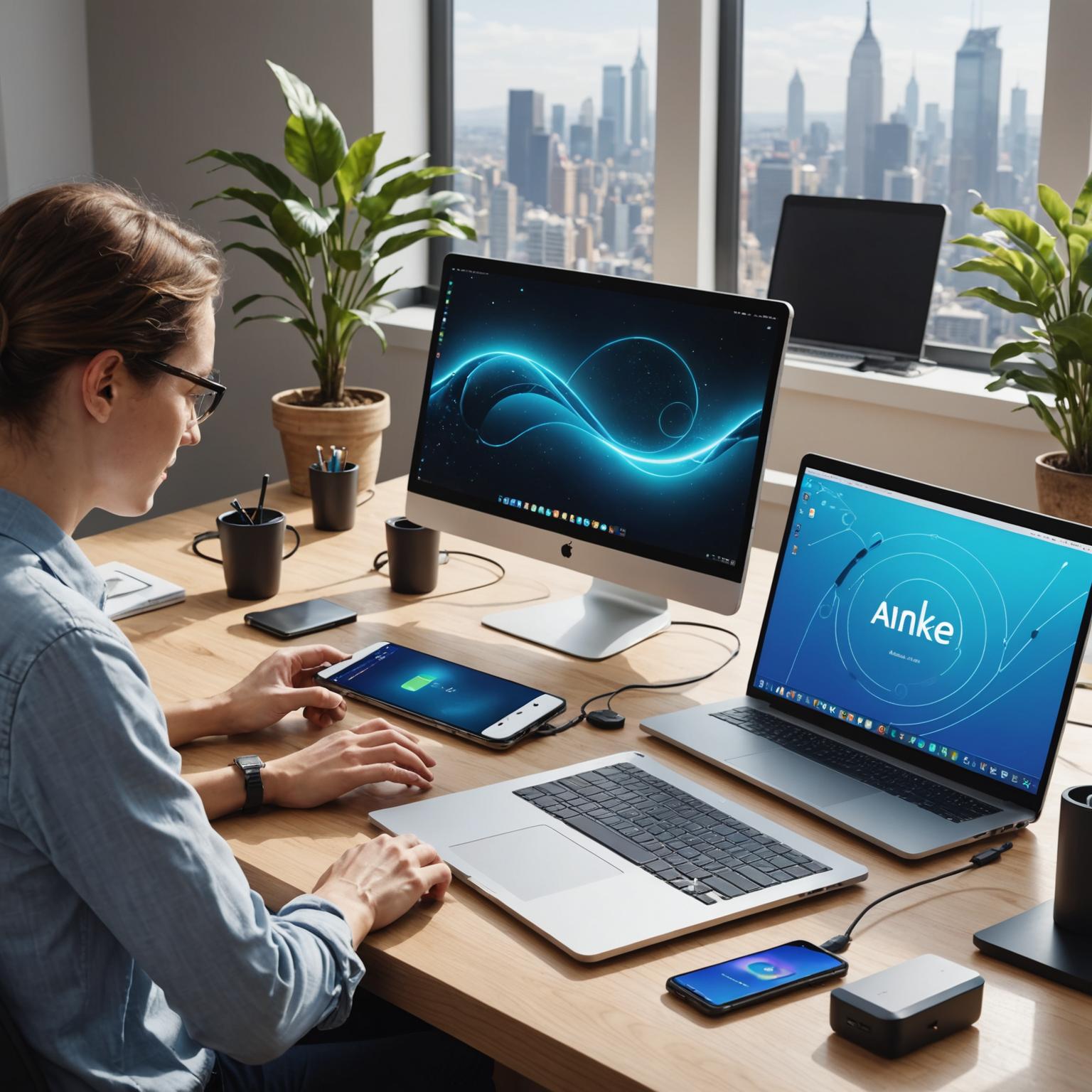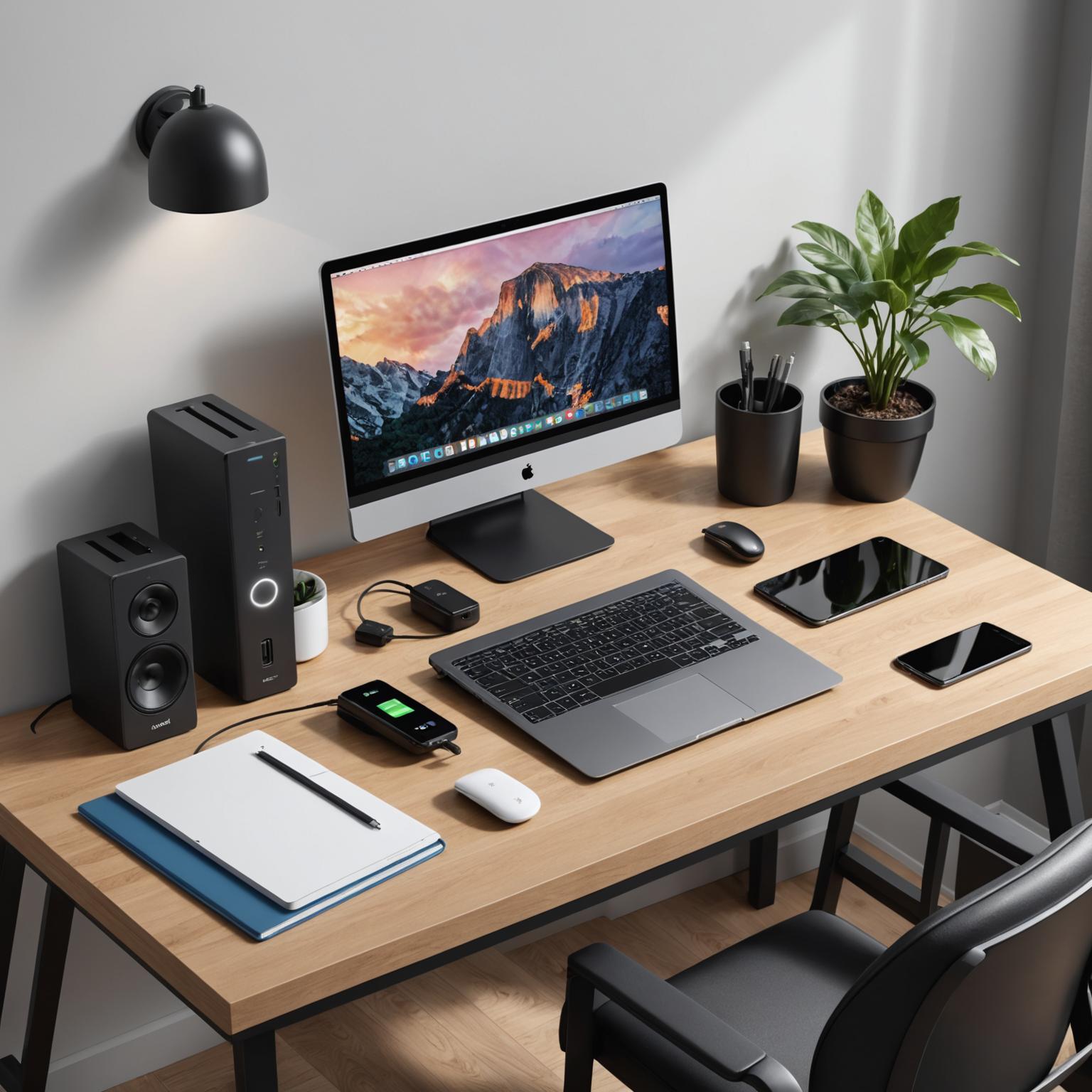This is our independent website, you can check out our products.https://pjcases.com
In today’s fast-paced digital world, the connections between our devices are as important as the devices themselves. The evolution from bulky, single-orientation ports to a streamlined, universal solution has been a game-changer for tech enthusiasts. The modern type-c data cable stands at the forefront of this revolution, promising speed, power, and convenience. However, the transition to a new standard is rarely seamless, leaving many to wonder about the best way to bridge the gap between their new gadgets and older peripherals, often leading to a comparison between a native connection and a versatile adapter.

The Superiority of the Modern USB-C Cable
The USB-C cable has rightfully earned its place as the new industry standard for charging and data transfer. Its most celebrated feature is the reversible, symmetrical connector, which eliminates the frustration of trying to plug it in the wrong way. But its advantages go far beyond convenience. This cable is engineered to handle significantly higher power delivery, enabling rapid charging for a wide range of devices, from smartphones to laptops. Premium charging stations, like the Anker PowerPort Atom PD 2 with its dedicated USB-C Power Delivery docks, are designed specifically to leverage this capability, breathing life into devices at unprecedented speeds. Furthermore, a high-quality USB-C cable supports faster data synchronization, making it ideal for transferring large files quickly. When you invest in a cohesive ecosystem like the Anker Power Series, you are investing in the superior performance and durability that a native USB-C connection provides.
Navigating Legacy Devices with a Type-C to USB Adapter
While the future is undoubtedly USB-C, the present is still filled with billions of devices that rely on the older USB-A standard. This is where the type-c to USB adapter becomes an indispensable tool. This small but mighty accessory acts as a bridge, allowing your new USB-C-equipped laptop or smartphone to connect with legacy hardware like external hard drives, keyboards, or standard USB-A charging ports found in cars and wall outlets. An adapter grants you crucial backward compatibility, ensuring that your new technology can still communicate with the old. It provides a practical solution for transitional periods, preventing your reliable older peripherals from becoming obsolete overnight. For travelers relying on a portable charger like the Anker PowerCore 10000 Redux, an adapter can be a lifesaver when encountering various types of charging ports.
Performance and Convenience: A Direct Comparison
When choosing between a direct connection and an adapter, the decision often comes down to a trade-off between peak performance and universal compatibility. A direct type-c data cable connection is the clear winner for performance. It provides a pure, uninterrupted link between two compatible devices, guaranteeing the maximum charging speed and data transfer rate that both can handle. There are no potential bottlenecks, ensuring you get the full power of your technology. In contrast, while a type-c to USB adapter is incredibly versatile, it can sometimes limit performance. The data transfer and charging speeds will be restricted to the capabilities of the older USB-A port it’s plugged into. Furthermore, it introduces an extra component that must be carried and can potentially be misplaced. The convenience of a direct USB-C cable is in its simplicity and efficiency, whereas the adapter’s convenience lies in its flexibility and problem-solving ability.
Choosing the Right Connection for Your Needs
Ultimately, both the native USB-C cable and the adapter have essential roles in a modern tech user’s arsenal. For your primary devices and home or office setup, relying on a direct connection is the best practice to ensure optimal speed and charging efficiency. Building your ecosystem around powerful, C-type-native accessories like the Anker PowerWave+ Pad ensures a seamless experience. However, a high-quality adapter is not an afterthought but a necessary accessory for anyone who needs to connect to a variety of devices on the go. The best approach is a hybrid one: use a premium type-c data cable for your daily, high-performance needs and keep a reliable adapter handy for those moments when you need to bridge the technological gap. This ensures you are always connected, charged, and ready for anything.
